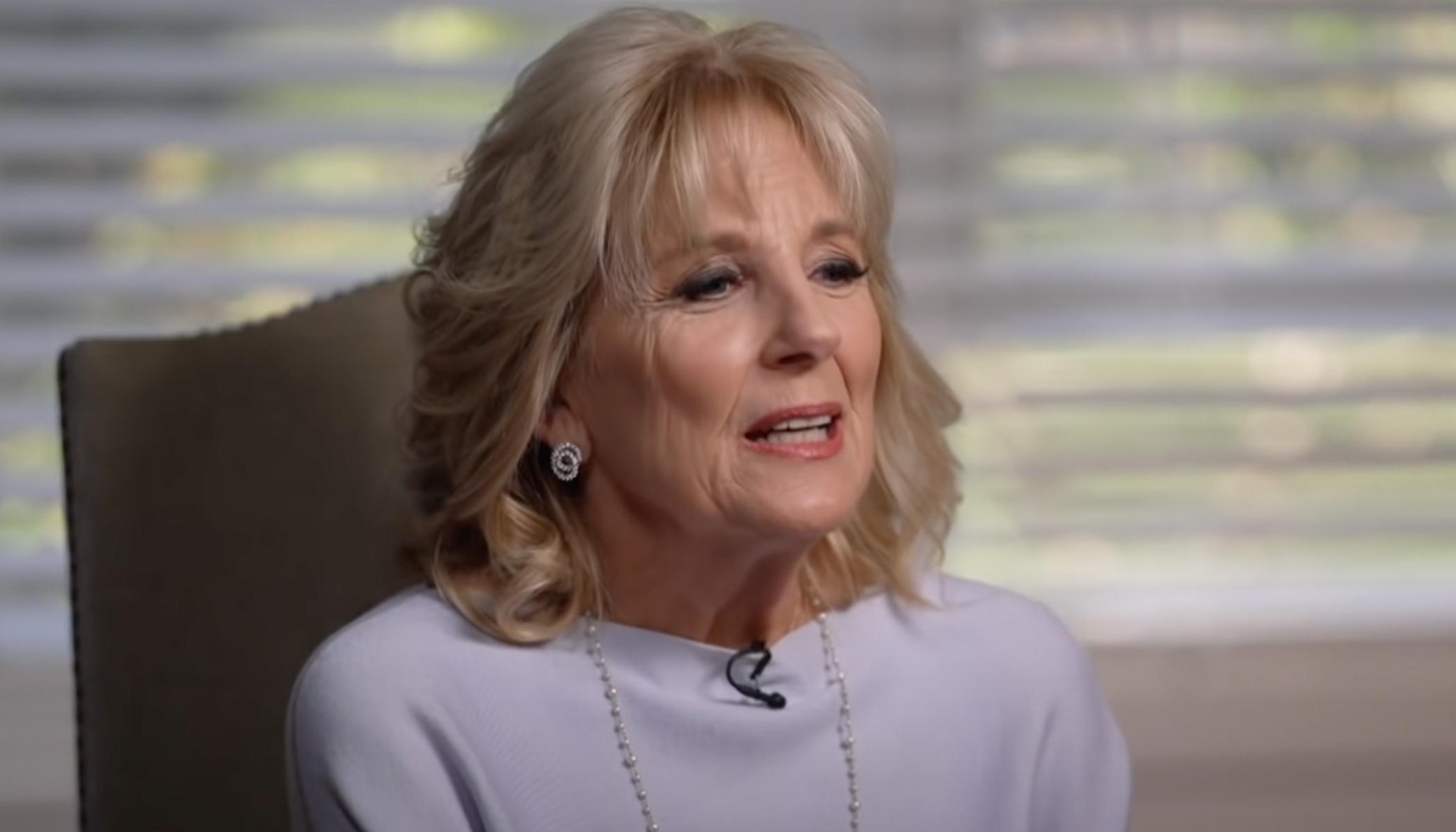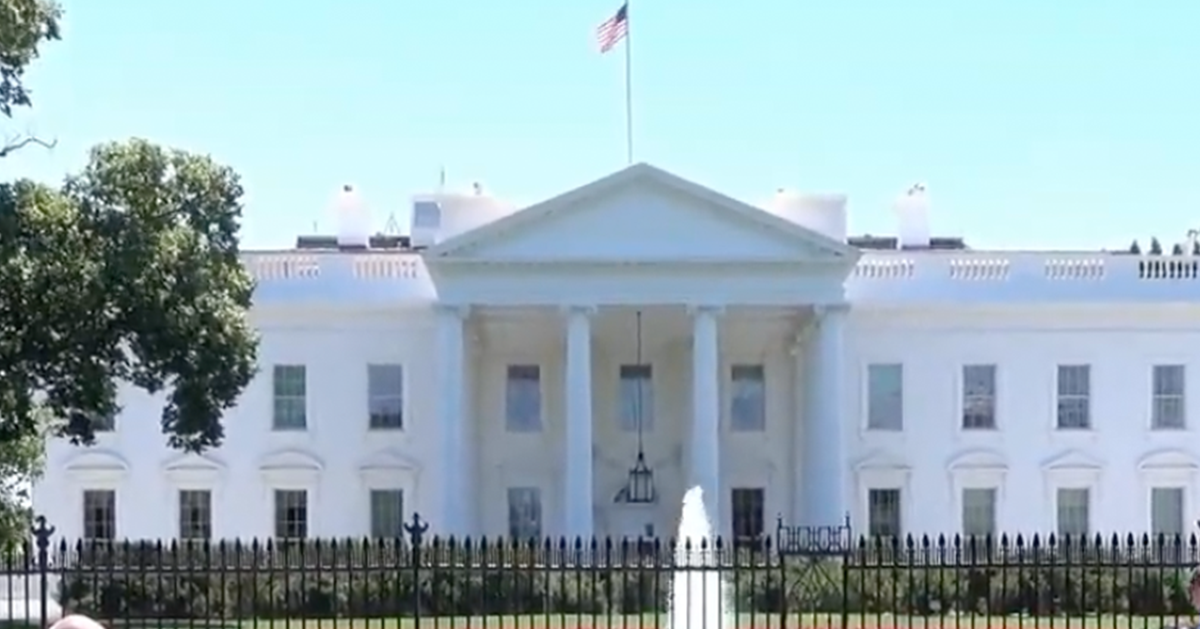Kamala Harris Failed in Broadband Initiative Despite $42.5B Allocation
Vice President Kamala Harris struggled to connect any Americans to high-speed internet despite being allocated $42.5 billion for the effort under the infrastructure bill since 2021.
Federal Communications Commission (FCC) Commissioner Brendan Carr has criticized the Biden-Harris administration for placing political priorities above effectively deploying broadband as was intended, as Breitbart reports.
Kamala Harris's Appointment and the Infrastructure Bill
In 2021, Biden appointed Harris to lead the administration’s rural broadband expansion efforts. This initiative was part of the Infrastructure Investment and Jobs Act (IIJA), commonly known as the bipartisan infrastructure bill. The act allocated $42.5 billion specifically for broadband infrastructure.
The goal was ambitious, namely, to close the digital divide by ensuring rural communities gained access to high-speed internet. President Biden expressed confidence in Harris, stating, “I tapped Vice President Harris to lead the effort because I know it will get done.”
However, the results have been disappointing. Despite the substantial budget, no Americans have yet been connected to high-speed internet through this program.
FCC Commissioner Brendan Carr's Criticism
Carr highlighted the lack of progress in June 2024. According to Carr, the Biden-Harris administration has not successfully connected a single person to high-speed internet. In his words, “President Biden put VP Harris in charge of this effort back in 2021 and days later not 1 person has been connected.”
This criticism underscores the urgency and importance of the initiative. The funds were intended to close a significant gap in rural internet access. However, hundreds of broadband infrastructure builders have also raised concerns about the plan’s effectiveness.
Concerns from Broadband Infrastructure Builders
The $42 billion plan has drawn skepticism from many in the industry. Hundreds of broadband infrastructure builders have voiced their apprehension, suggesting that the initiative is "wired to fail." Such a large-scale program with no tangible results has led to frustration and doubt.
The involvement and investment of the government were expected to be game-changing for rural internet connectivity. However, the BEAD program, which received $42.45 billion, has faced criticism for inefficiency and lack of progress.
For the past two years, the BEAD program has seen minimal success. With billions at its disposal, the expected outcomes have yet to materialize, causing concern among those dependent on rural internet expansion.
Policy Issues and Barriers
Carr has pointed out several factors contributing to the failures of the broadband effort. He cites the administration’s focus on diversity, equity, and inclusion (DEI) goals as a significant barrier. He emphasized, “The Biden Administration is barreling towards a broadband blunder. Congress has appropriated enough money to end the digital divide, but the Biden Administration is squandering the moment by putting partisan political goals above smart policy.”
Moreover, Carr mentioned that rate regulation and preferences towards certain technology and unions are hindering efficient deployment. These policies, according to Carr, “threaten to leave rural communities behind.”
Implications for Rural Communities
The lack of progress in connecting rural areas to high-speed internet has significant implications. Rural communities continue to face challenges accessing essential services, remote work opportunities, and educational resources. The promise of bridging the digital divide remains unfulfilled, raising concerns about the equitable distribution of such crucial infrastructure.
Initially, the infrastructure bill was celebrated for its potential to revolutionize internet access in underserved areas. Yet, the current state of the initiative leaves many wondering when, or if, these promises will be met.
The criticisms from industry insiders and regulatory officials highlight systemic issues within the program's implementation. The apparent disconnect between funding and results frustrates all stakeholders, from policymakers to rural residents.
Summarizing the Controversy
Since the program's inception, attaining its goals has been fraught with issues. The combination of political priorities, regulatory challenges, and apparent inefficiencies paints a complex picture of a well-funded initiative struggling to achieve its core mission.
As the administration continues to defend its approach, the mounting pressure and criticism suggest that significant changes may be required to turn the situation around. Addressing the concerns raised by industry experts and refocusing on practical implementation could be vital steps in making tangible progress.
Conclusion: A Call for Improvement
The need to connect rural America to high-speed internet remains critical. Despite the allocation of significant funding and a high-profile appointment, the initiative has yet to deliver on its promises. The administration faces growing critique regarding policy focus and execution, as highlighted by FCC Commissioner Brendan Carr.
As rural communities continue to await much-needed improvements, the debate over the strategy and execution of the broadband expansion efforts underscores the broader challenges of aligning funding, policy, and practical outcomes.
With continued scrutiny and calls for better alignment of policies and goals, the path to achieving comprehensive rural connectivity remains uncertain. The future success of this initiative will depend on addressing current inefficiencies and ensuring that the allocated funds directly translate into connected households and communities.






